Add organic fertilizer for icebox watermelon (Best fertilizer for watermelon) – Growing watermelon
Growing icebox watermelons in soil cultivation. The icebox watermelons grown using vertical cultivation have also been about 45 days since planting. Based on the results of the previous hand pollination, it seems that the icebox watermelons have started to bear fruit, so this time, I would like to supplement the nutrients with fertilization.
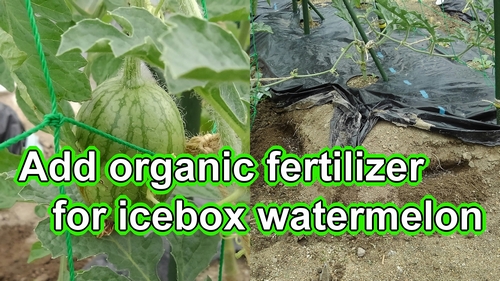
The vertically grown icebox watermelons have borne fruit
About a week has passed since the hand pollination of icebox watermelons. The fruits resulting from pollination have grown to the size of chicken eggs. This year, there was a lot of rain during the blooming period of the icebox watermelon flowers, and I was worried if they would bear fruit properly, but the hand pollination somehow succeeded.
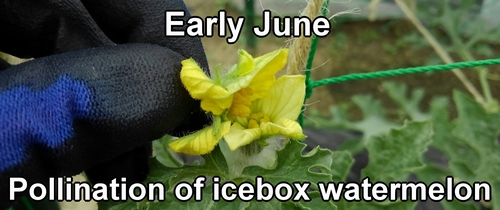
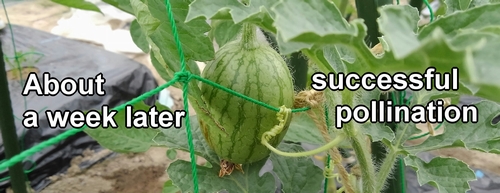
We performed hand pollination of icebox watermelons in early June.
How to fertilize icebox watermelons (Best organic fertilizer for watermelon)
The timing for fertilizing icebox watermelons is when they are about the size of a chicken egg. The fertilization spots are 2 locations, just below the icebox watermelon bed.

The fertilizer used for fertilizing icebox watermelons is chicken manure. Chicken manure is an organic fertilizer that contains a balanced mix of essential nutrients (such as nitrogen, phosphoric acid, potassium, etc.) needed for the growth of icebox watermelons. The required amount for fertilization is 20cc (3/4oz) of chicken manure per spot.
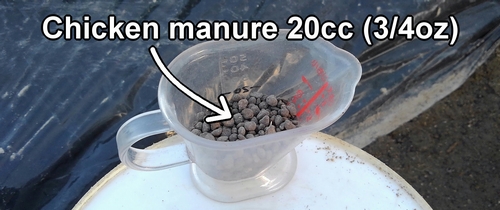
For fertilization, you’ll need to first lift the mulch because it can make it difficult to apply the fertilizer.
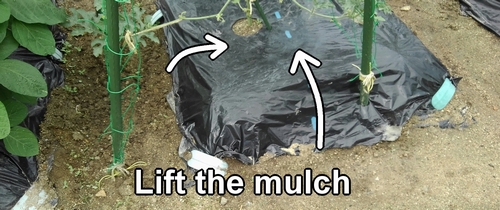
After lifting it, dig two holes at the fertilization spots and put chicken manure in them. Make sure to space the two spots apart to avoid uneven fertilization.


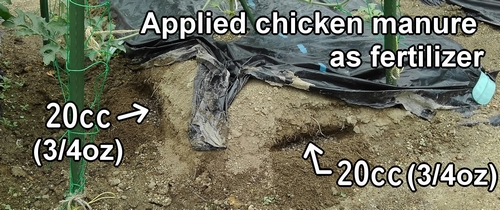
Afterward, water the fertilized chicken manure, cover it with soil, and put back the mulch. Watering the chicken manure is because it makes it easier for microorganisms to decompose. Also, if the chicken manure is exposed on the surface, it can attract insects due to the smell, so don’t forget to cover it with soil.
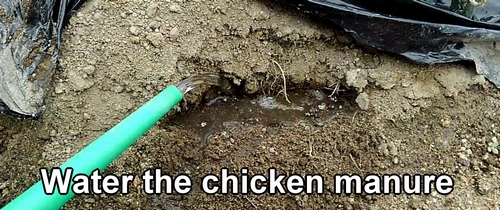

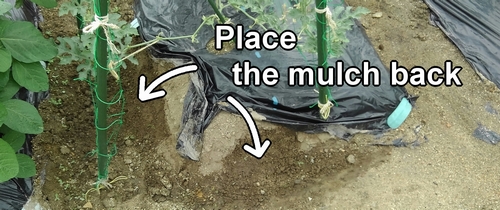
Once these steps are completed, the fertilization of the icebox watermelons is finished.

Following is the video for how-to. English subtitles are available.



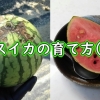



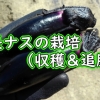



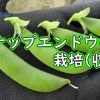
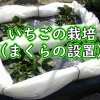
Discussion
New Comments
No comments yet. Be the first one!